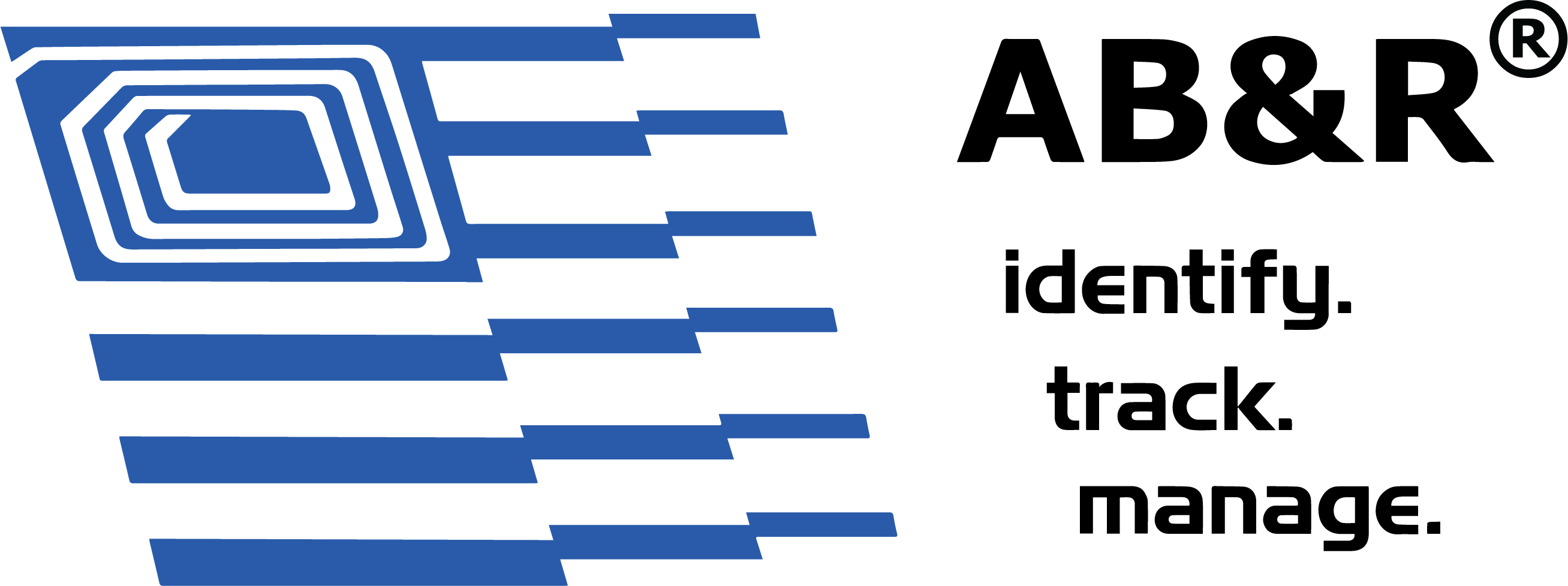What is Bluetooth Low Energy (BLE) and How Does It Work?
Bluetooth® Low Energy (BLE) is a wireless communication technology designed for short-range data exchange with minimal power consumption. It’s prevalent in smartphones, wearables, and various IoT devices.
At the core of BLE are beacons—Bluetooth transmitters that broadcast their presence and unique identifiers to nearby compatible devices. These beacons can transmit data as frequently as every millisecond, enabling real-time communication.
Businesses leverage BLE for applications like asset and personnel tracking, thanks to its low energy requirements and widespread device compatibility.
BLE vs. Classic Bluetooth: Key Differences
Feature |
Classic Bluetooth |
Bluetooth Low Energy (BLE) |
|---|---|---|
Power Consumption |
Higher |
Lower |
Data Transfer Rate |
Up to 3 Mbps |
Up to 1 Mbps |
Latency |
~100 ms |
~6 ms |
Device Connectivity |
7 devices |
Up to 20 devices |
Typical Use Cases |
Audio streaming |
IoT, asset tracking, wearables |
While Classic Bluetooth supports higher data rates, BLE is optimized for applications requiring low power and efficient communication.
When to Use BLE
BLE is particularly effective in scenarios where low power consumption and real-time data exchange are crucial. Here are some common applications:
Asset Tracking
BLE beacons are attached to assets, broadcasting their unique IDs to BLE gateways. These gateways record signal strength and data, allowing businesses to monitor asset locations with minimal human intervention.
Personnel Tracking
By embedding BLE beacons in employee IDs or mobile devices, companies can track worker movements, ensuring safety and optimizing workflows. For instance, Zebra’s MotionWorks Proximity enforces social distancing protocols using BLE-enabled devices.
Retail Marketing
Retailers utilize BLE to send targeted advertisements to customers’ smartphones based on their proximity to BLE-enabled products, enhancing the shopping experience.
